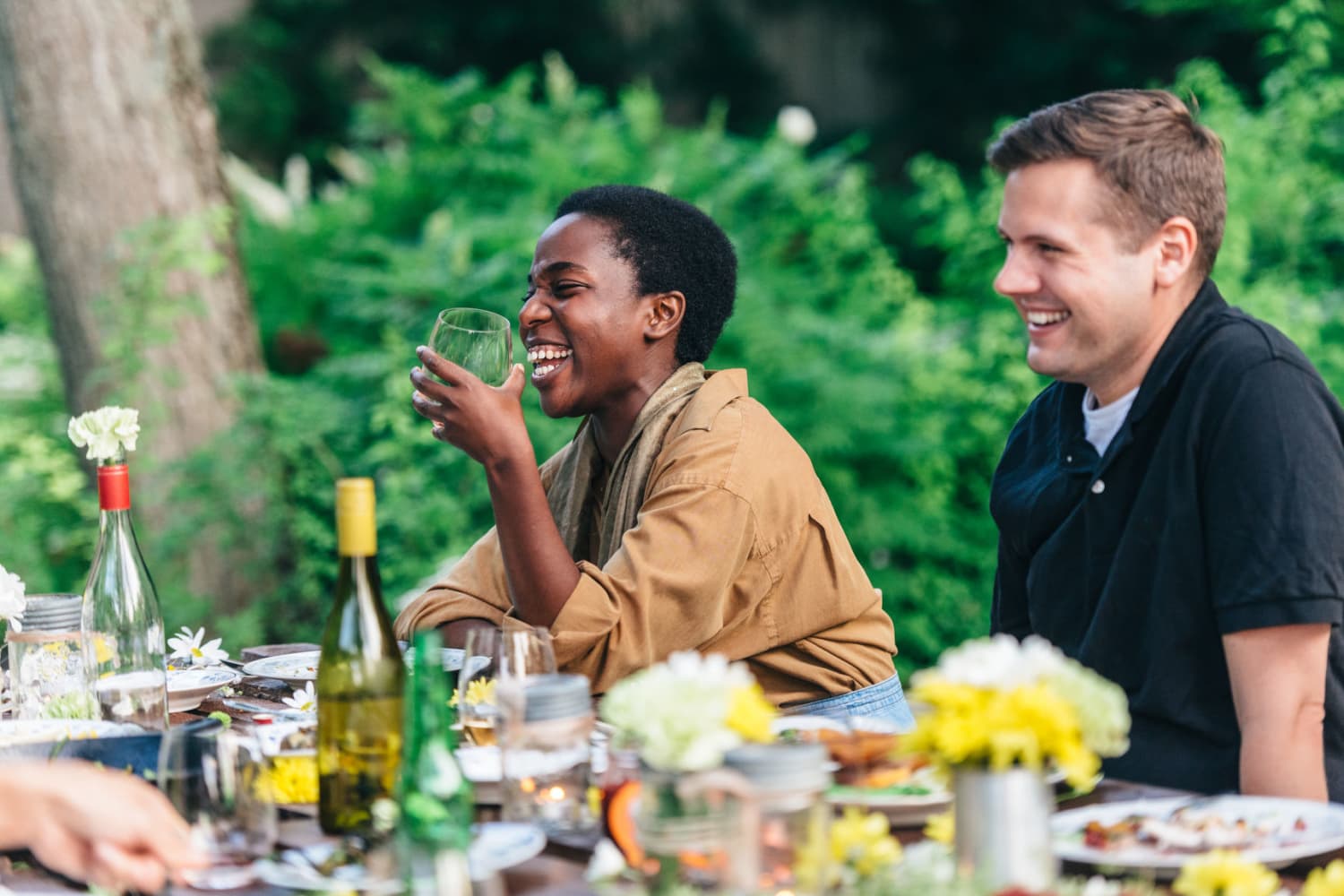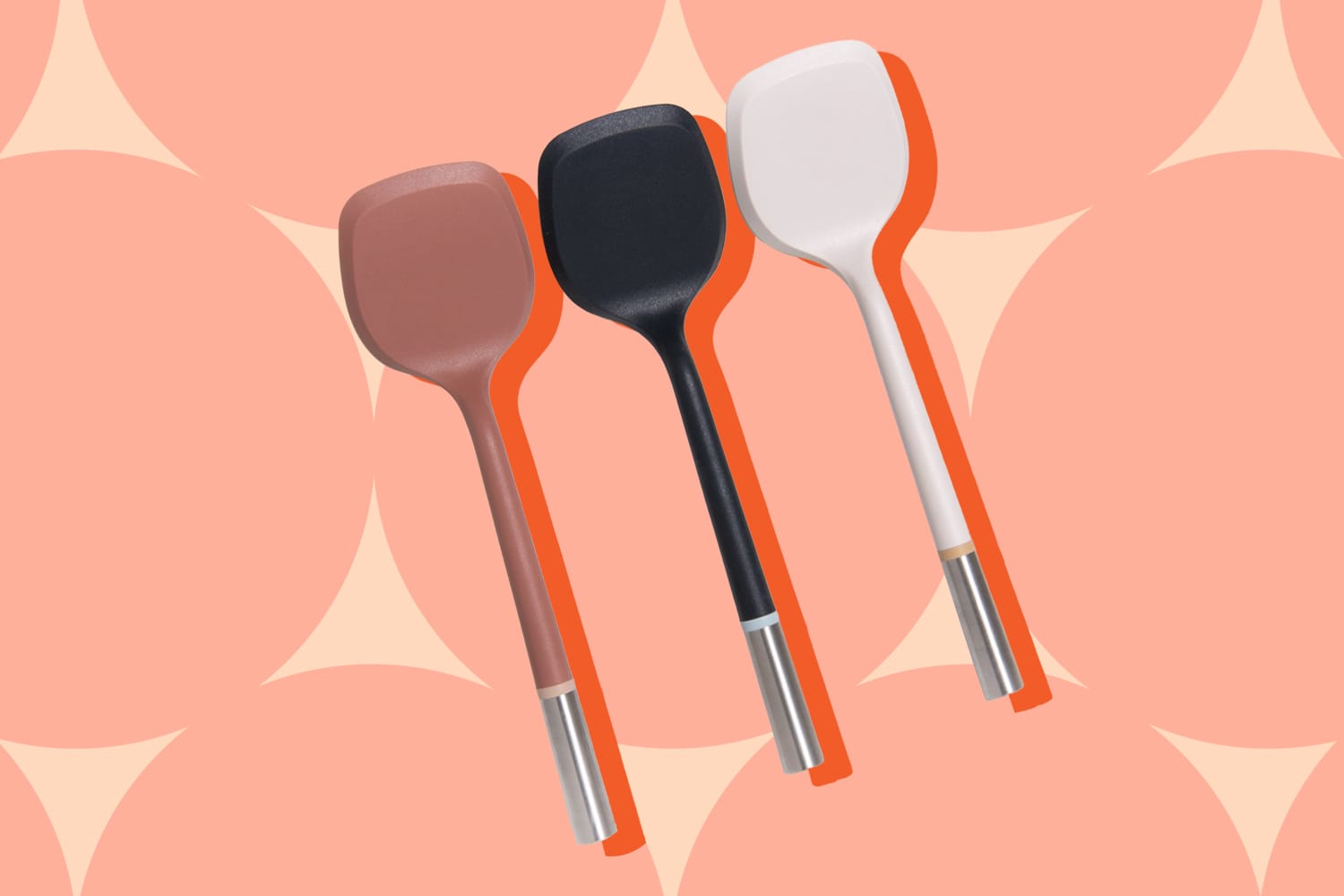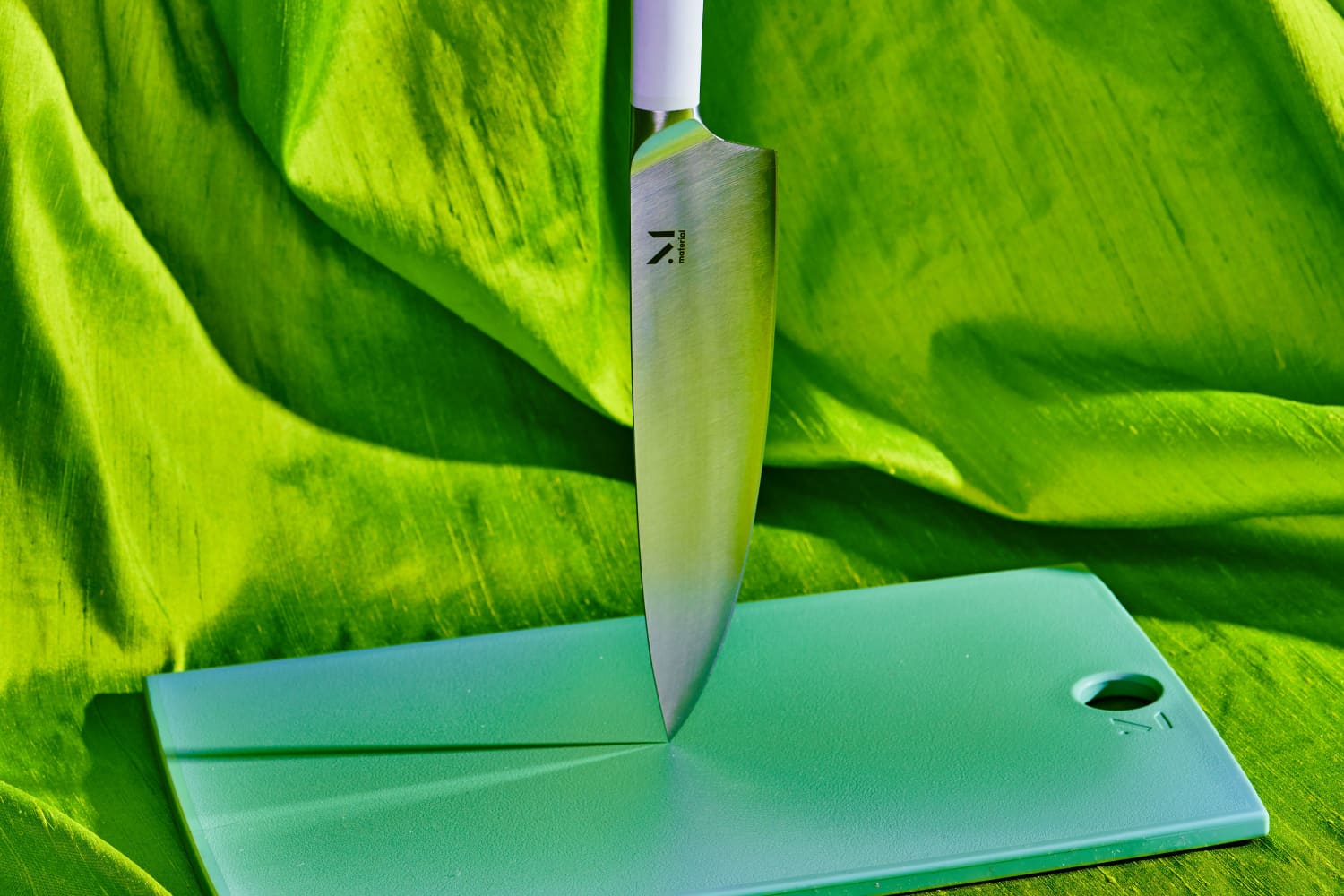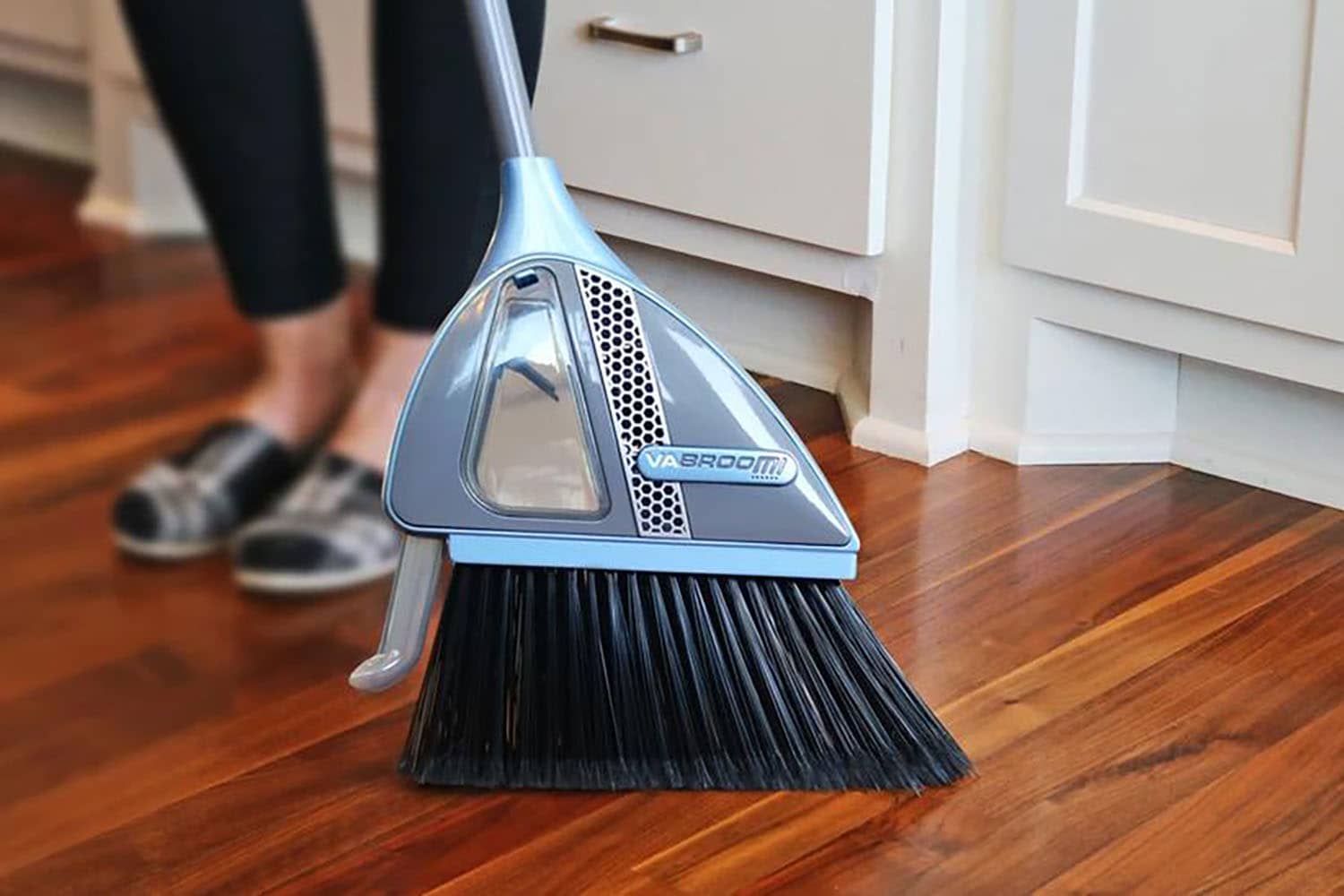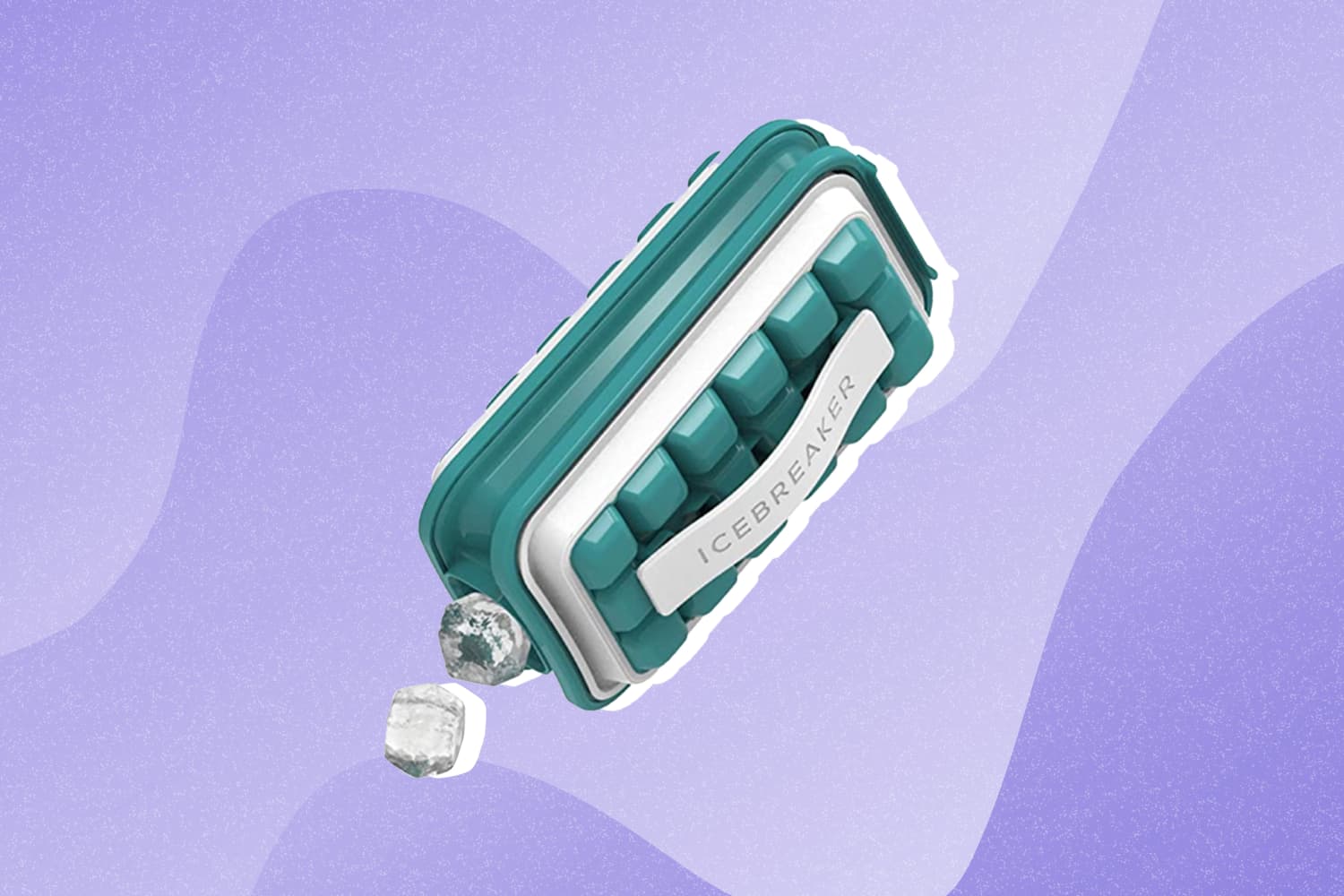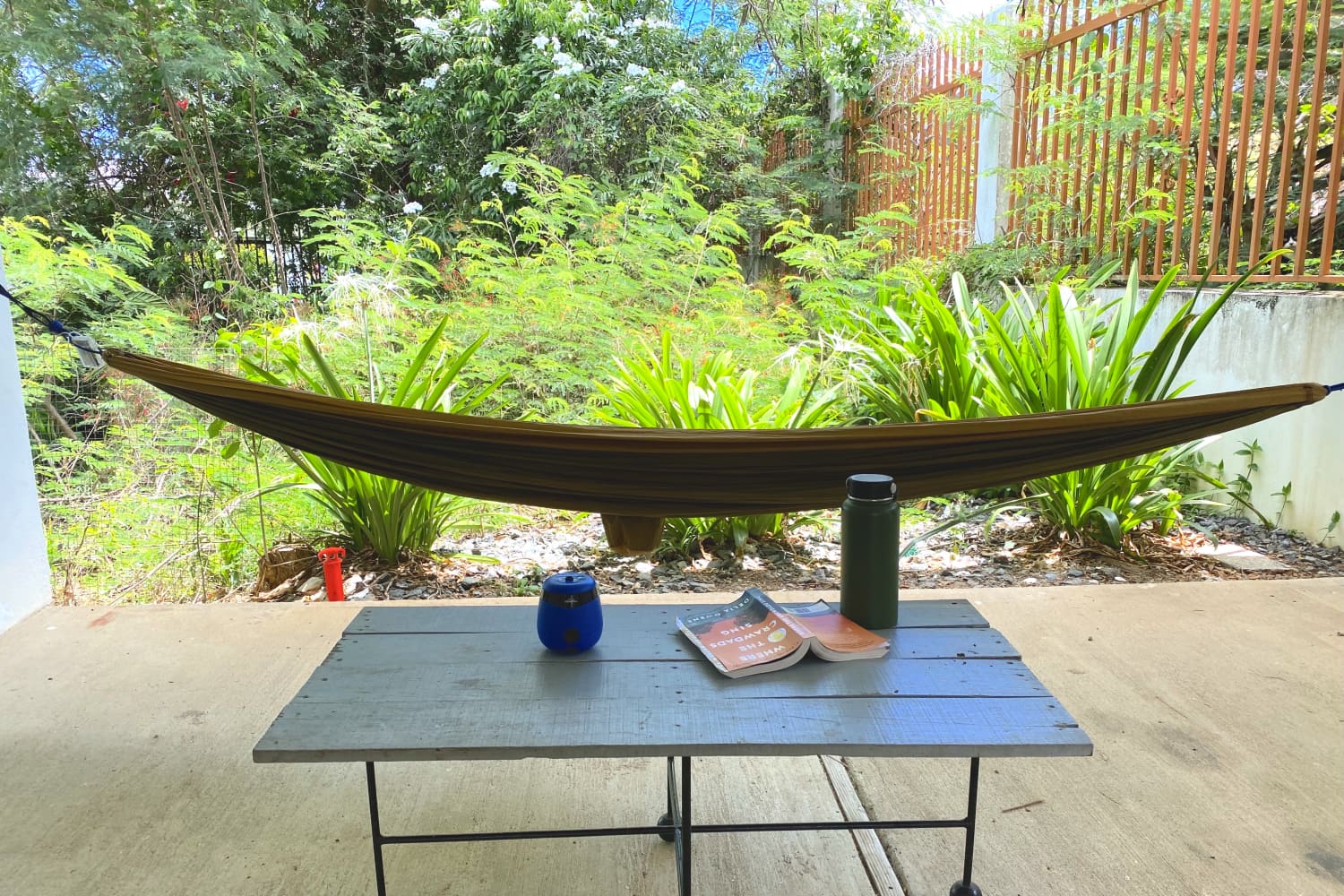This $15 Amazon Find Keeps Flying Pests Away from Your Food When Dining Outdoors
We independently select these products—if you buy from one of our links, we may earn a commission. One of the best things about summer is dining outside. Whether you chow down at a picnic table under a shady tree or dig in on your deck, food somehow tastes better in the great outdoors. But with … Read more

